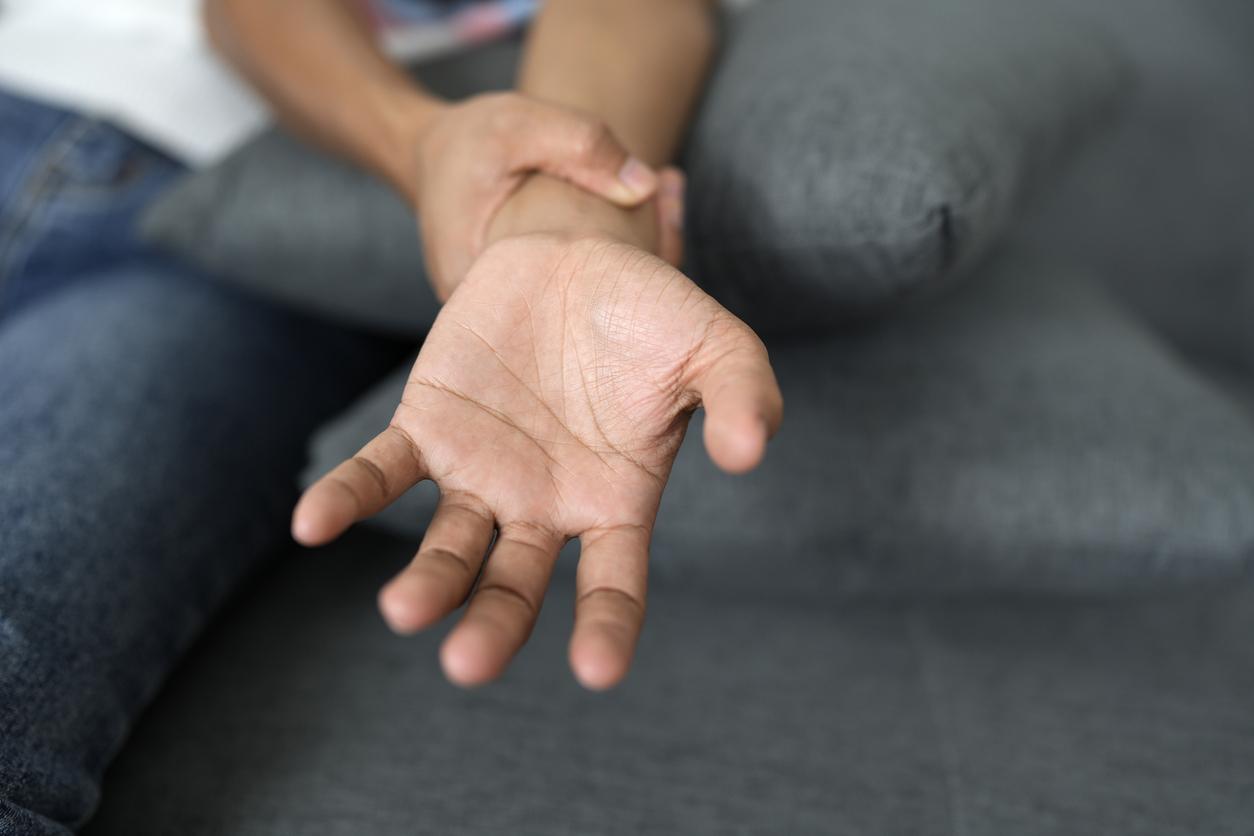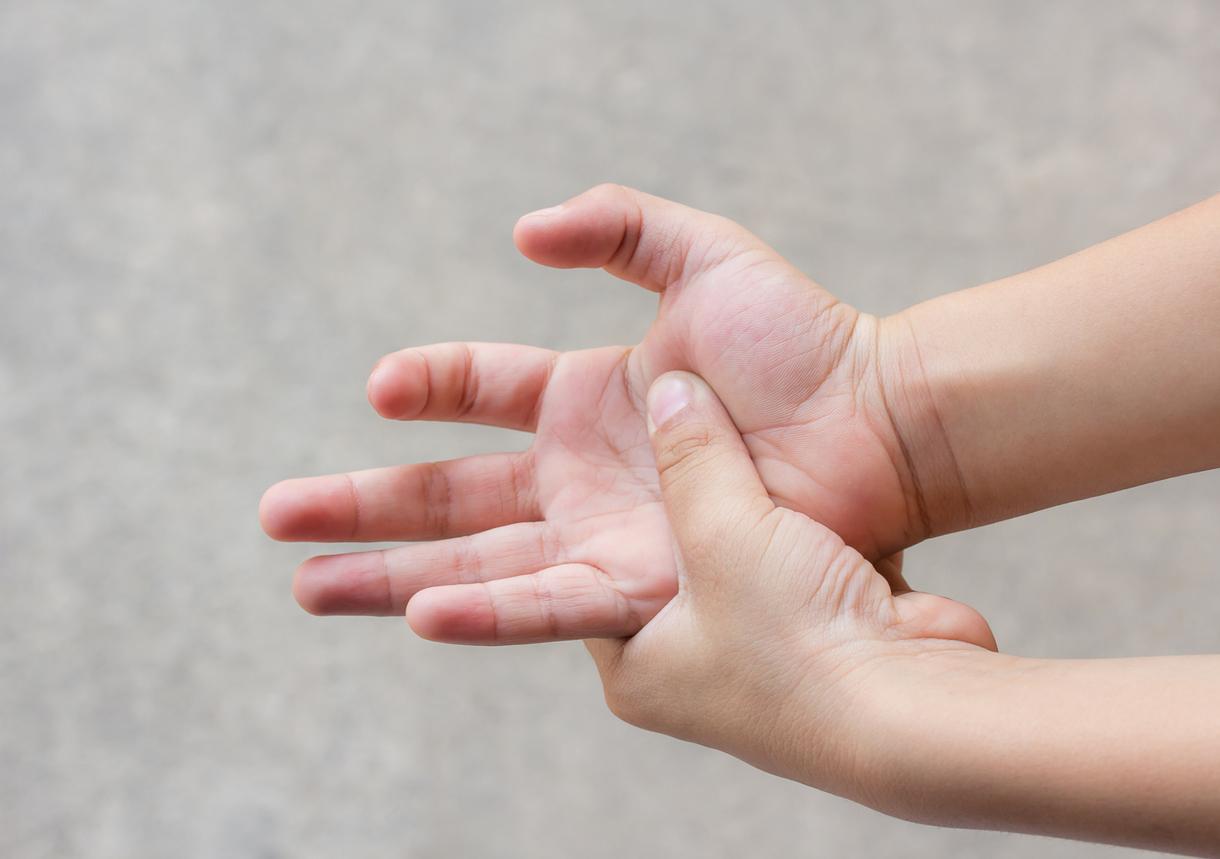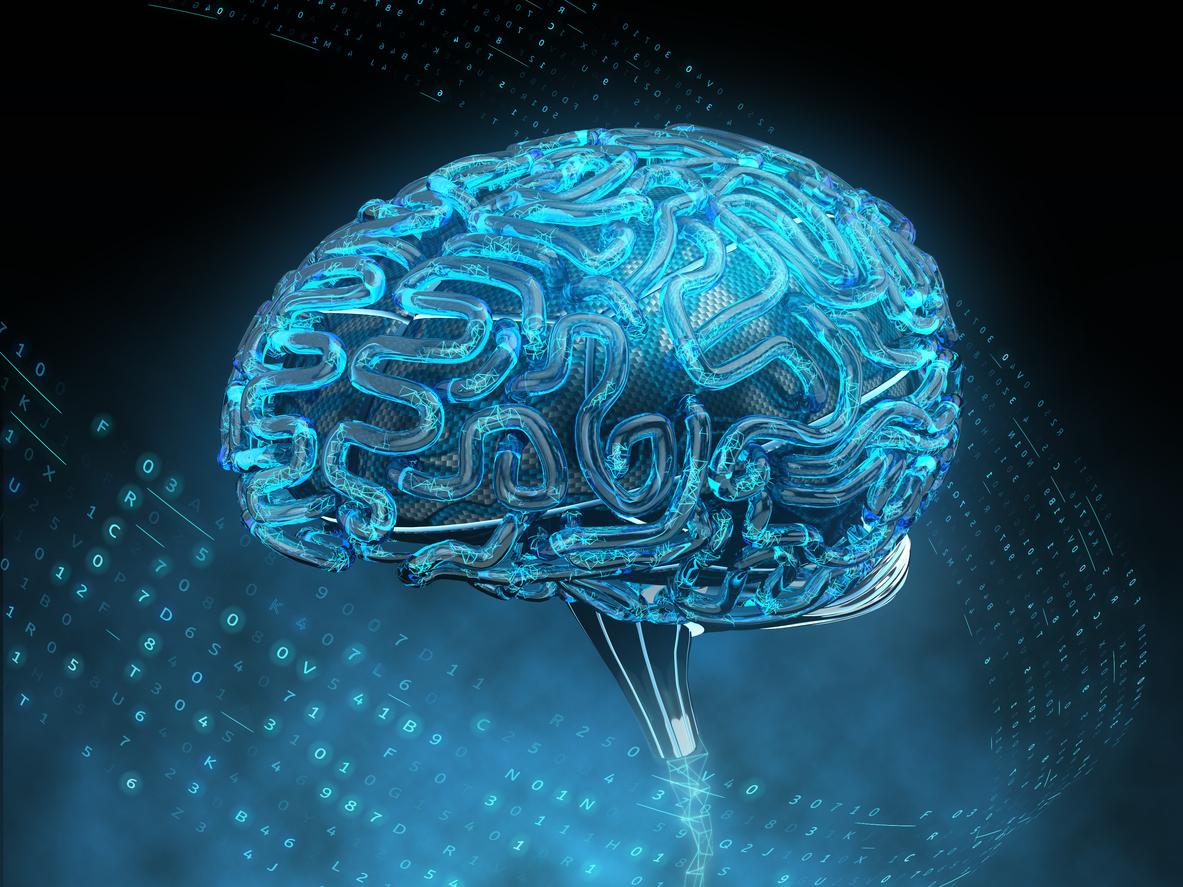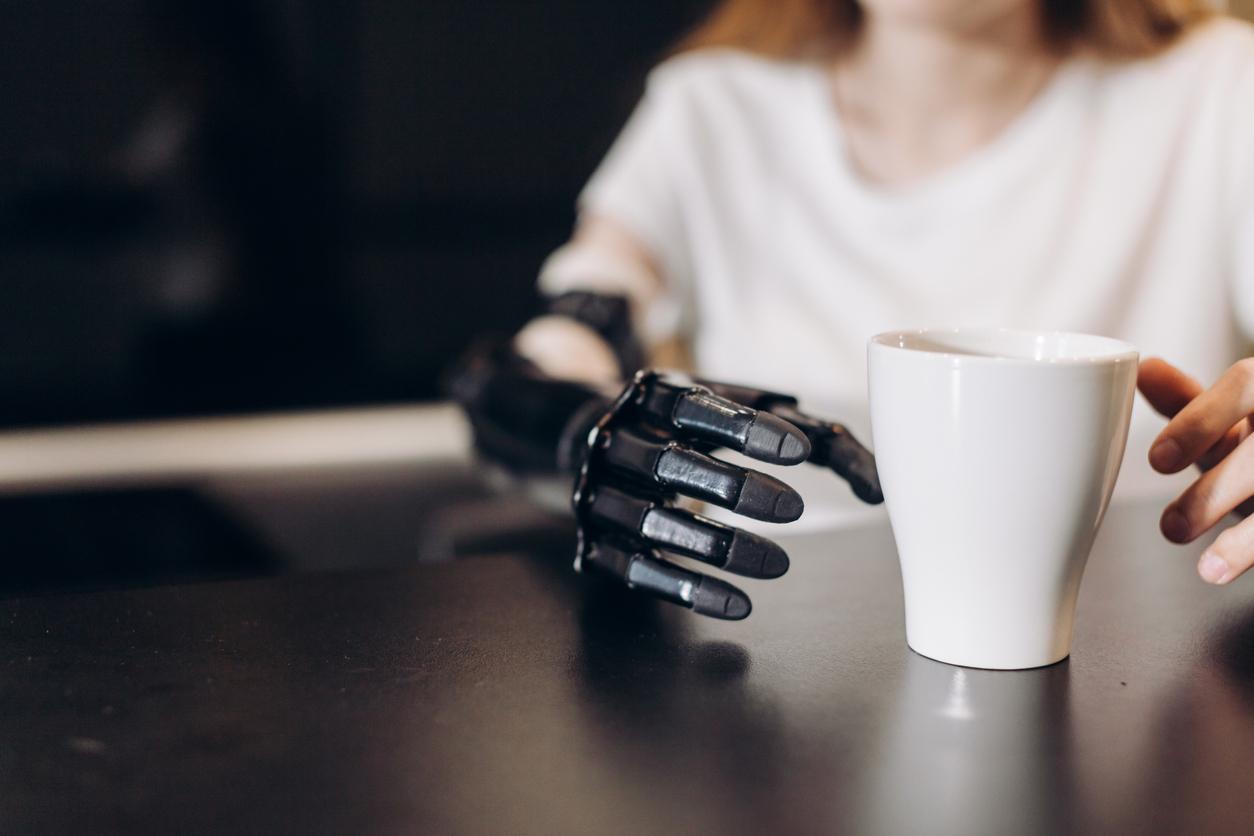Thanks to a magnet-controlled prosthetic hand, the first in the world, a 34-year-old Italian has been able to perform everyday tasks such as moving objects or tying his shoelaces.
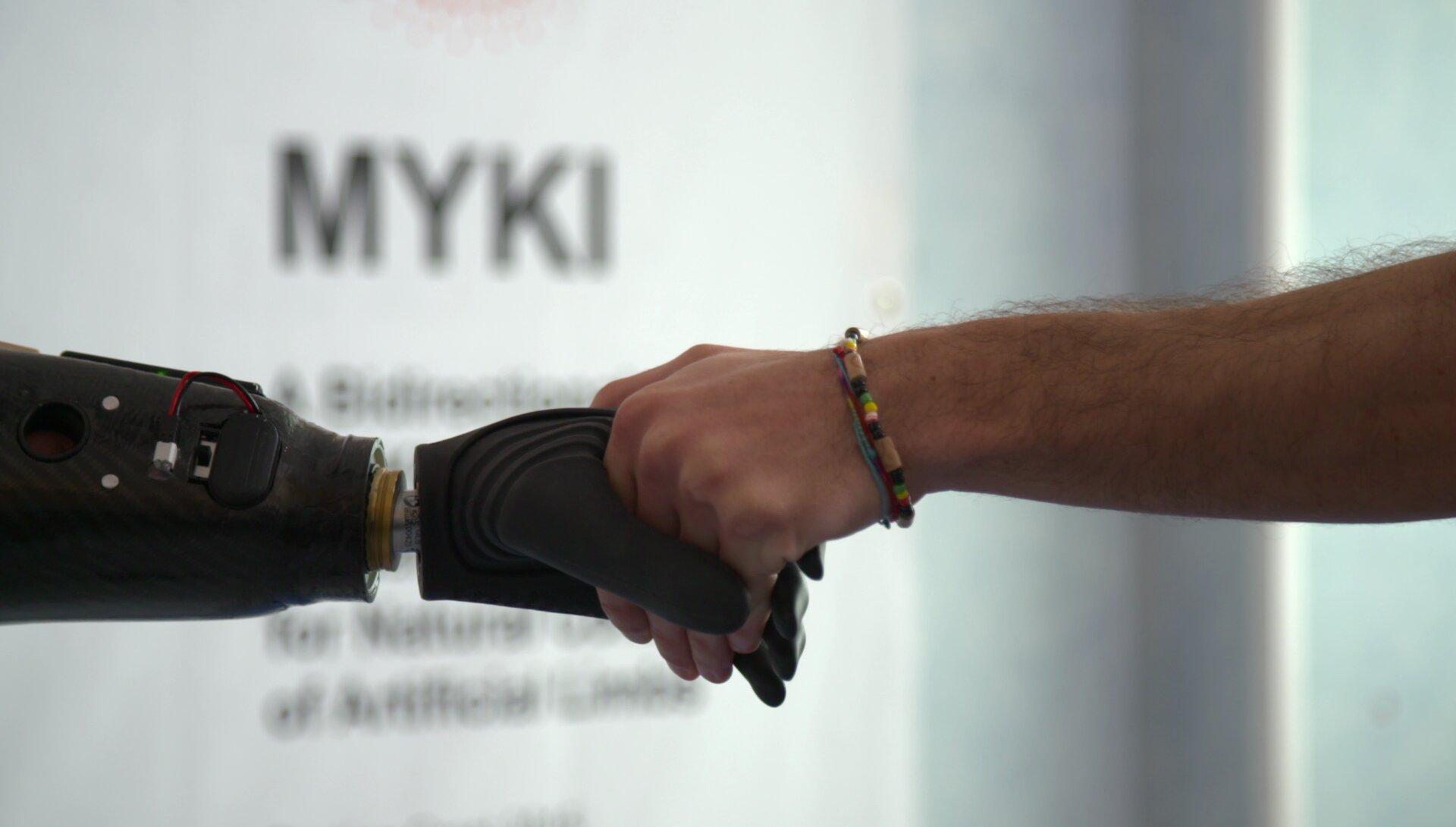
- Researchers have developed “a radically new interface between the amputee’s stump and the robotic hand to decode motor intentions.” Small magnets of a few millimeters are implanted in the residual muscles of the forearm, and the idea is to use the movement resulting from the contraction to open and close the fingers.
- The implant was successfully tested on the first patient, a 34-year-old Italian named Daniel. He was selected for the study because he still felt the phantom presence of his hand and the residual muscles in his arm responded well to his motor intentions.
- During the six-week trial, Daniel was able to control the movements of his fingers, pick up and move objects of different shapes, perform mundane everyday actions like opening a jar, using a screwdriver or a knife, zipping a zipper, and even tying his shoelaces. It feels like I’m moving my own hand.”
“No cables or electrical connections, just magnets and muscles to control the movements.” A team of researchers from the Biorobotics Institute in Pisa, Italy, has just designed the very first magnetically controlled prosthetic hand that allows amputees to reproduce finger movements using only the power of their thoughts.
A hand prosthesis that decodes movement intentions
The scientists, who published their work in the journal Science Roboticshave developed “a radically new interface between the amputee’s stump and the robotic hand to decode motor intentions”we can read in a press releaseThe system is based on myokinetic control: small magnets of a few millimeters are implanted in the residual muscles of the forearm, and the idea is to use the movement resulting from the contraction to open and close the fingers.
The implant, integrated into the robotic hand, was successfully tested on the first patient, a 34-year-old Italian named Daniel who lost his left hand in 2022. He was selected for the study because he still felt the phantom presence of his hand and the residual muscles in his arm responded well to his motor intentions. “There are twenty muscles in the forearm and many of them control the movements of the hand. Many people who have lost a hand continue to feel it as if it were still there. This explains the movements of the residual muscles, in response to commands from the brain.”the researchers assure.
“I feel like I’m moving my own hand”
The research team therefore mapped the movement intentions and translated them into signals to guide the fingers of the robotic hand. “To facilitate the connection between the magnets implanted in the forearm and the hand prosthesis, we have manufactured an electronic system capable of locating their movements”scientists specify. Magnets have a natural magnetic field that is easily localized in space. With this prosthesis, when the muscle contracts, the magnets move under the skin and it is this movement that, thanks to an algorithm that translates it into a specific command, allows the robotic limb to be controlled.
As a result, during the six-week trial, Daniel was able to control the movements of his fingers, pick up and move objects of different shapes, perform mundane everyday actions such as opening a jar, using a screwdriver or a knife, zipping a zipper, and even tying his shoelaces. He could also control his strength when he had to grasp fragile objects. “This system has allowed me to recover lost sensations and emotions. I feel like I’m moving my own hand.”the patient told the press.













